|
Hard to believe that our chapter of Romance Writers of American, the Beau Monde, is 25 years old. I remember most of the beginning. I had already published a novel co-written with a friend, but I was new-ish to the regency world. Nevertheless, I dived in whole-heartedly. Is that a mixed metaphor or what? In addition to the pre-conference bash with my fellow regency addicts on Tuesday, April 23, and all the hoopla of RWA's packed schedule, I am looking forward to lots to do in New York City. The last time RWA met there in 2015, we actually saw Hamilton while it was in Broadway previews. We thought twice about it, because tickets were pricey and I wasn't so sure I'd like a hip-hop musical. But we went and ADORED it. Couldn't have been more wonderful -- and of course "everyone" at home was totally envious. We also saw and loved An American in Paris...who knew it had never been on Broadway before? Concert piece and movie, yes. It was wonderful, if not as unique as Hamilton. This year? We'll see! We have plans for several exhibitions and I am determined to make it to the Whitney this year and stroll the Highline. Also visit the Hudson Yards. And some old favorites like the Morgan Library and the Frick as well as a slice of the Metropolitan Museum of Art. Here is a room I will stop by to greet again, the Dining Room from London's Lansdowne House in Mayfair. It is one of the buildings I talk about in my presentation to The Beau Monde on "London Mansions." Below, Lansdowne House as it was in the early 19th century. In the 1930,'s a large section of the house was demolished and that is how the dining room and the saloon ended up in museums, the latter in the Philadelphia Museum of Art, below. The remainder of the house and some additions are now The Lansdowne Club, 9 Fitzmaurice Place, London. Below, The Palm Room, Spencer House, London. More London Mansions, next week...
0 Comments
The Anthology is free with your Amazon Kindle Unlimited membership...or $.99 on regular Kindle. Enjoy! Here is synopsis of the story: Miss Sarah Kinnard is the youngest of ten children, and when her father’s death and her mother’s grief delayed her London Season, she found herself with no options but to accompany a friend to the countryside, or to play nursemaid to her sisters’ children. The countryside seemed an excellent choice – until she met the man responsible for the renovations of the manor house at which they were staying. The man who, just by his presence, made her feel things that she had never felt before. Captain Benjamin Lockhart took on the role of renovation manager to give himself something to do, as he healed after the war. It was a new life that he found comfort in, until the arrival of Miss Kinnard, when he found himself desiring more from life than he had ever considered before. Can the restoration of a long abandoned manor house also restore the joy of life and love for two souls somewhat abandoned by their families? I mounted a long search to find the perfect 'portrait' of my heroine, Miss Sarah Kinnard and eventually I found this lovely miniature of Georgiana Russell, Duchess of Bedford, by a artist identified only as Walker. So snow I have another search to mount--who was Walker and what else did (s)he create? I anticipate hours and hours on websites such as the marvelous miniature collection at the Victoria & Albert Museum in London. Hours of pure contentment?? Definitely for me! So to me that is Sarah, and I love her pensive pose with tousled hair and simple gown. Delicious. Below, a few of the images from the un-stately home, Calke Abbey, that served as inspirations for my story. Thanks, National Trust. Next week, I'll start relating some of the tidbits I found while preparing my talk on London Mansions for The Beau Monde in NYC.
My latest story, Sarah's Summer Surprise, will be published on July 23, while I am cavorting at The Beau Monde's Conference in New York City, part of the Romance Writer's of America's annual meeting. It's part of an anthology entitled Regency Summer Escape combined with stories by Arietta Richmond and Regina Jeffers, all of us Amazon best-selling authors. That is the cover for my individual story, featuring a portion of a fashion print from June 1813 La Belle Assemblee. Full details were in last week's blog. This is how I visualize my hero, Captain Ben Lockhart, recovering fro wounds suffered at the Battle of Waterloo, on half-pay, and thrown into a task for which he feels unqualified: the restoration of a dilapidated estate in Sussex. This portrait, identified by keen-eyed fellow author Regina Jeffers as a picture of Andrew Copland painted by George Watson before 1807. I will have to see what else I can find about the handsome Mr Copland. Thanks again Regina. If you want to learn more about how this grotto figures into the story, please go to Kindle and order it! Is that cheeky enough? I took this picture of an old and abandoned grotto at Calke Abbey in Derbyshire in 2018. It actually inspired the story.
More about the story next week! Below, Coeffeur a la Romaine, Robe de Percale, from Costume Parisien, 1816 When I first attempted to immerse myself in Regency Data, of course I had no idea what I was getting myself into! Did any of us? I fell in love with regency novels so long ago I can't remember when. No doubt my first introduction was Jane Austen, which I read in high school and college as required novels in English Literature. I wasn't in love yet, though I doted on Austen and became a Janeite. I fell in love with Georgette Heyer's Regency Romances, which made me appreciate Jane Austen even more. And the new ones, some published by people I actually knew! Sharon and Tom Curtis wrote some wonderful novels as Laura London...a few years ago??? Learning everything I could about the Regency Era, its history, culture, lifestyles, and fashion became my obsession. Ackermann's Repository, Half-Dress,February, 1809, Above. While traveling in England, I found some fashion plates in various print shops. I bought some, framed them, and hung them above my desk for inspiration.  From Ackermann's Repository, April 1810 Gentleman's Full Dress From the text: "Superfine corbeau colour coat, with covered buttons; white marcella waistcoat singe-breasted; light sage-green or cream-colored kerseymere breeches...the cravat is still worn high and full." I also discovered ebay and the many prints available there, for a wide variety of prices. Now I have many more than I can display, so they are in acid-free sleeves in notebooks. Afternoon Promenade Dress La Belle Assemblee June, 1813 “Short dress of jaconet muslin, made rather scantier in the skirt than they have been worn, and cut down as much a possible all round the bosom and back of the neck. The body is full, but drawn in at the top of the back, which is ornamented with a white silk button, and confined to the waist by a girdle of rich white figured ribband; a jacket of the same materials as the gown, fastened to the waist by a white silk button, completes this truly elegant dress, which is unequalled for tasteful simplicity. Over this our fair pedestrians throw a sky-blue scarf...Necklace and earrings of white cornelian. Johnston parasol. This elegant appendage to the walking costume is also of sky-blue silk, and finished with a rich and deep fringe; it has very recently made its appearance, and is already a general favourite.” La Belle Assemblee, June 1809, Kensington Garden Dress I am not sure how this cloak is attached. The dress is very plain except for the hemline, and the hat is outrageous. 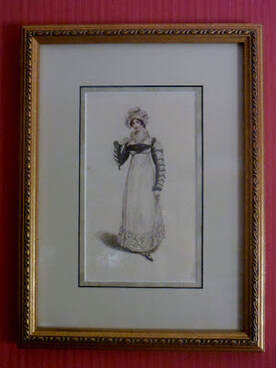 The Waterloo Dress in Black and White to mourn the dead. La belle Assemblee July 1815. From the magazine: “Waterloo Walking Dress This very beautiful dress, which answers the double purpose of walking or dinner dress, is composed of clear muslin and is made in a most original and tasteful style: ...The body and sleeves, composed of an intermixture of black satin and clear muslin, are exquisitely fancied; they are made in a style of novelty, elegance, and simplicity which we never recollect being equalled in the mourning costume...Of the hat worn with this dress we can only observe that it is the most elegant and striking headdress ever invented for mourning; it is an intermixture of white satin and black crape, most tastefully ornamented with either black or white feathers...The above dress was invented by Mrs. Bell, Inventress of the Ladies Chapeau Bras and the Circassian Corset, and of whom only they can be had, at her Magazin des Modes, No. 26, Charlotte Street, Bedford-Square.” I was lucky to acquire three volumes of bound LBAs from 1815 and 1816. Once I had read them several times each (well, not EVERY article) I was eager to donate them to a place where they would be protected. To me, the best spot was Chawton House Library in Chawton, Hampshire, UK.. Above, I am handing them to then-librarian Jacqui Grainger. Someday I will send over the rest of my collection.
Do you collect fashion plates? On paper? Or digitally? Nowadays it is possible to construct a superb collection -- right off Pinterest. Or try the websites/blogs/Facebook pages of experts and collectors like Candice Hern, Regency Encyclopedia, Rachel Knowles, Jane Austen’s World, E.K. Duncan, Susana Ellis, and others. |
Victoria Hinshaw, Author
Archives
July 2024
Categories |



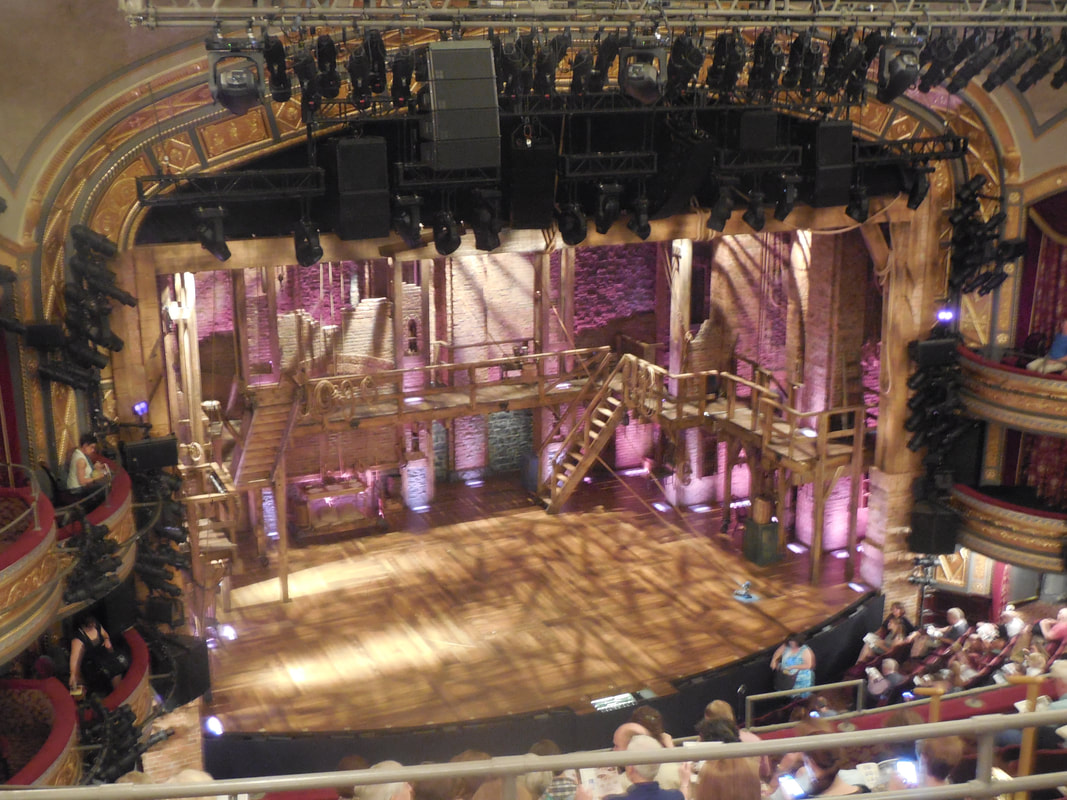
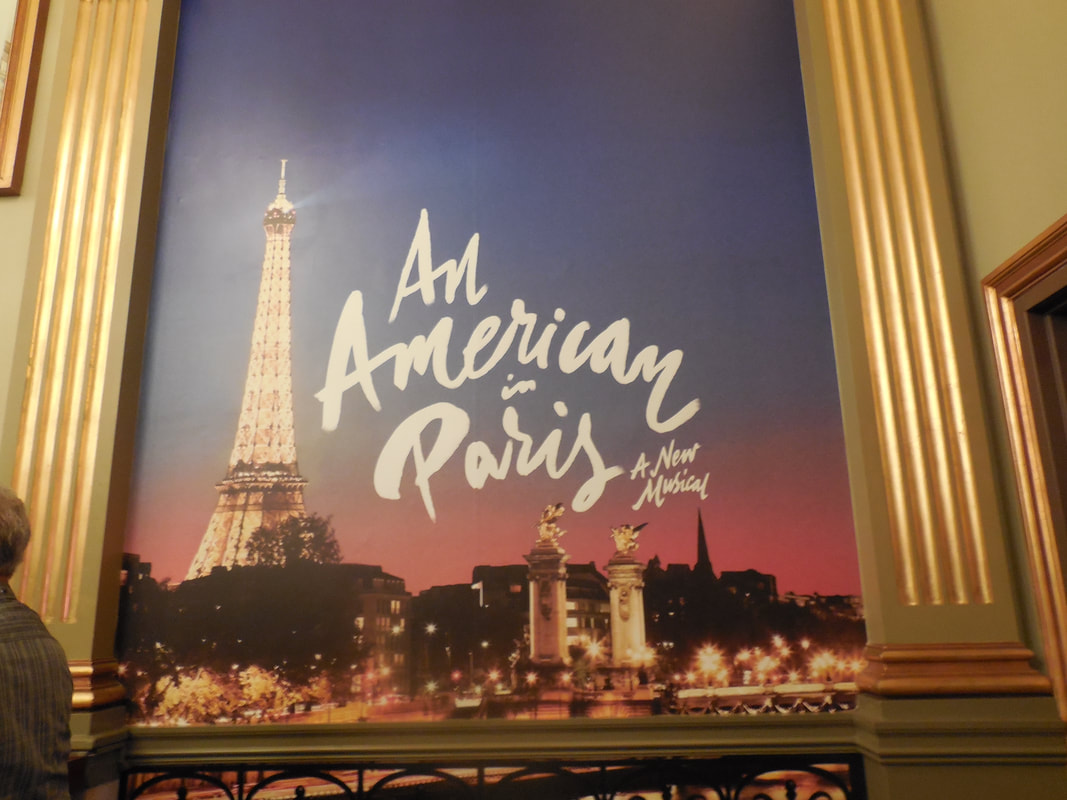

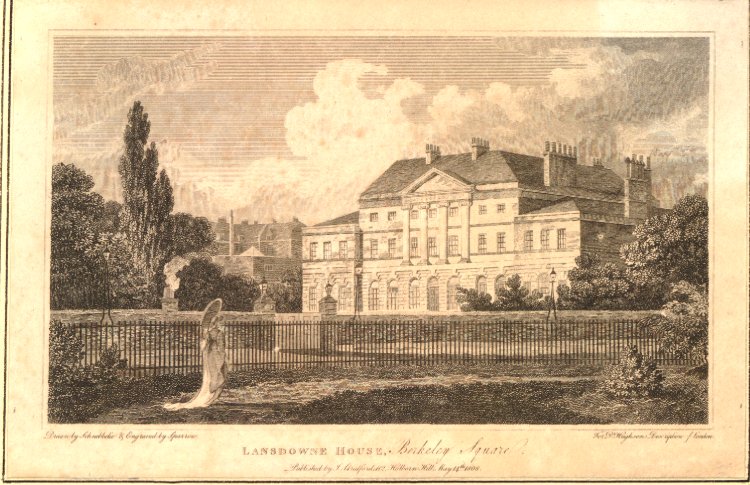
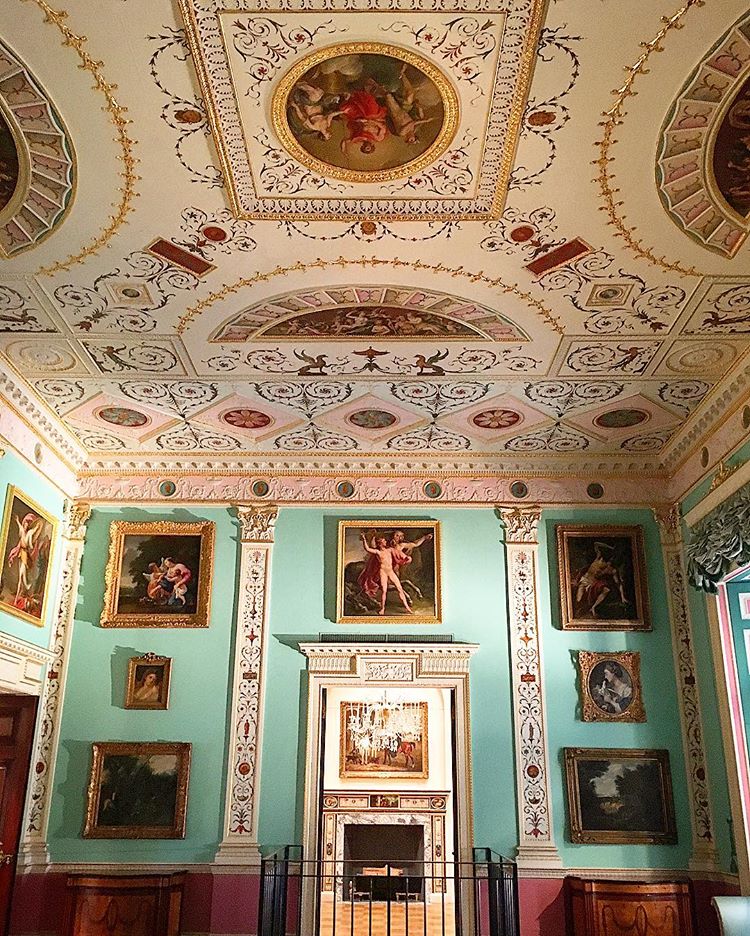
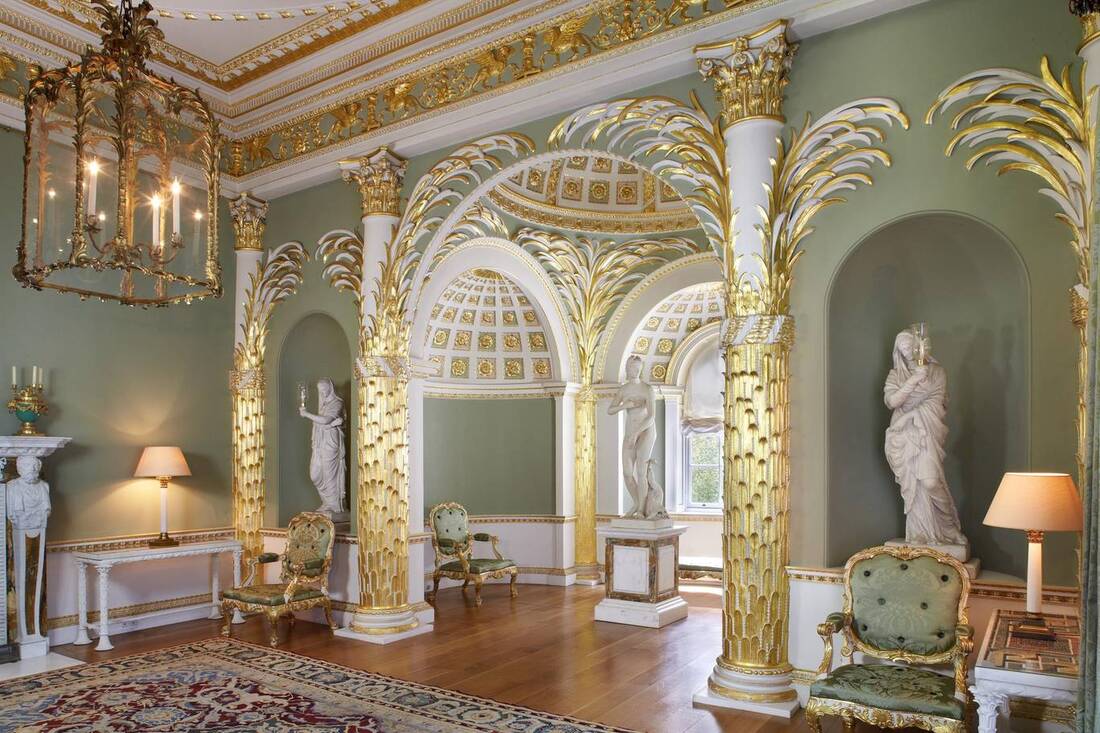
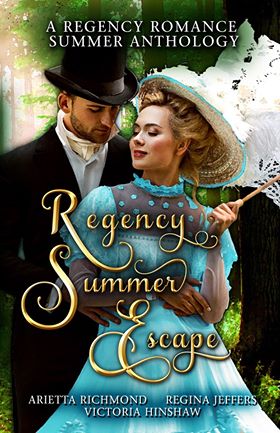


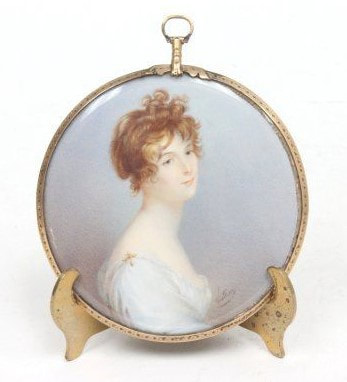

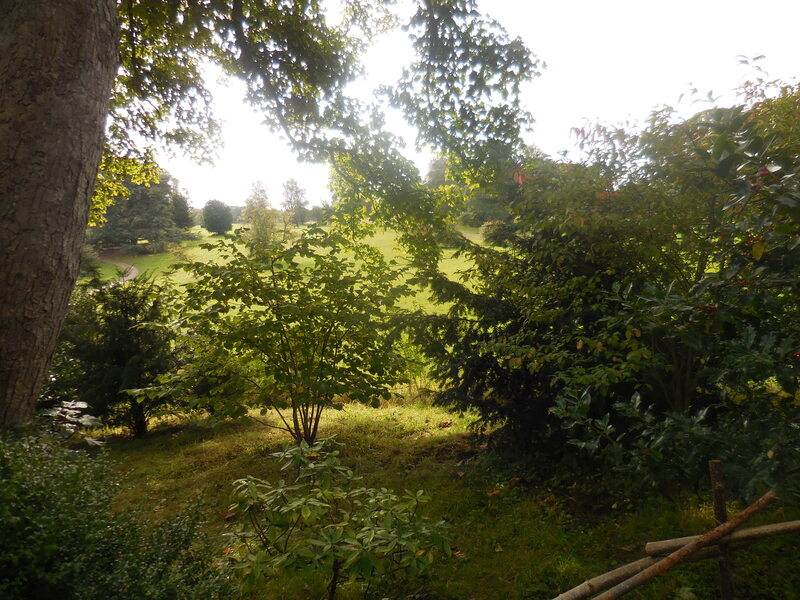



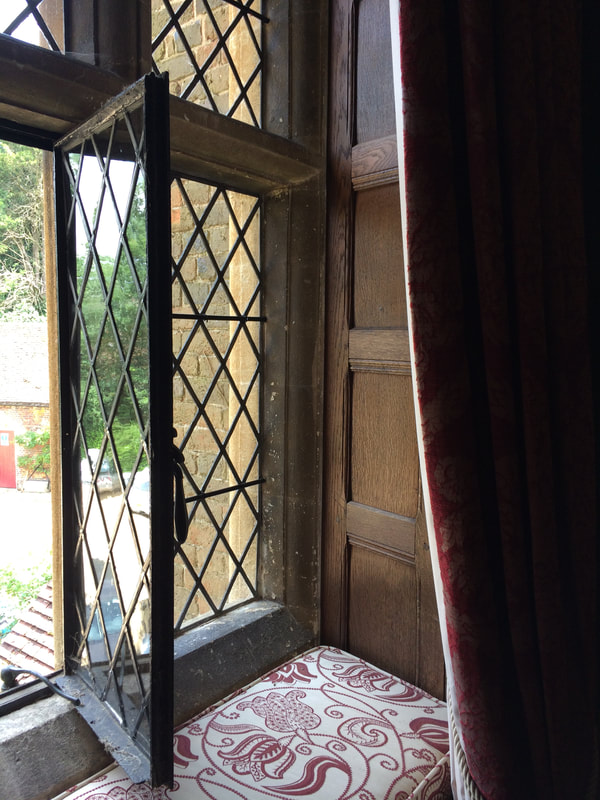

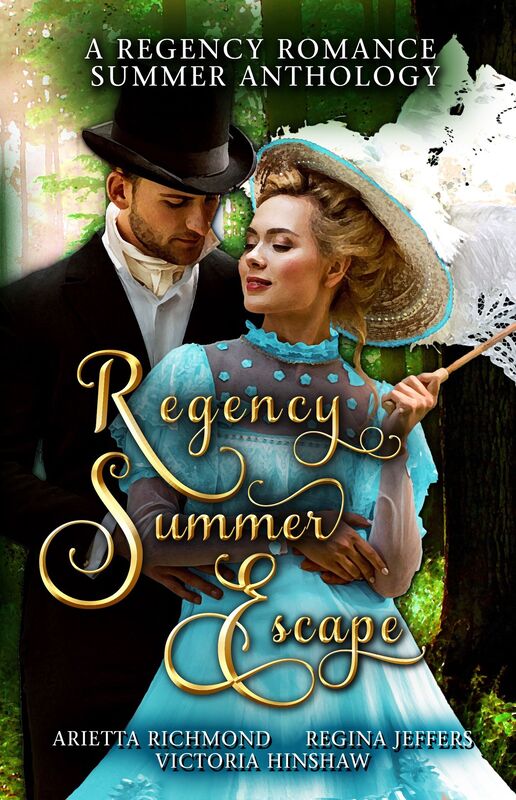

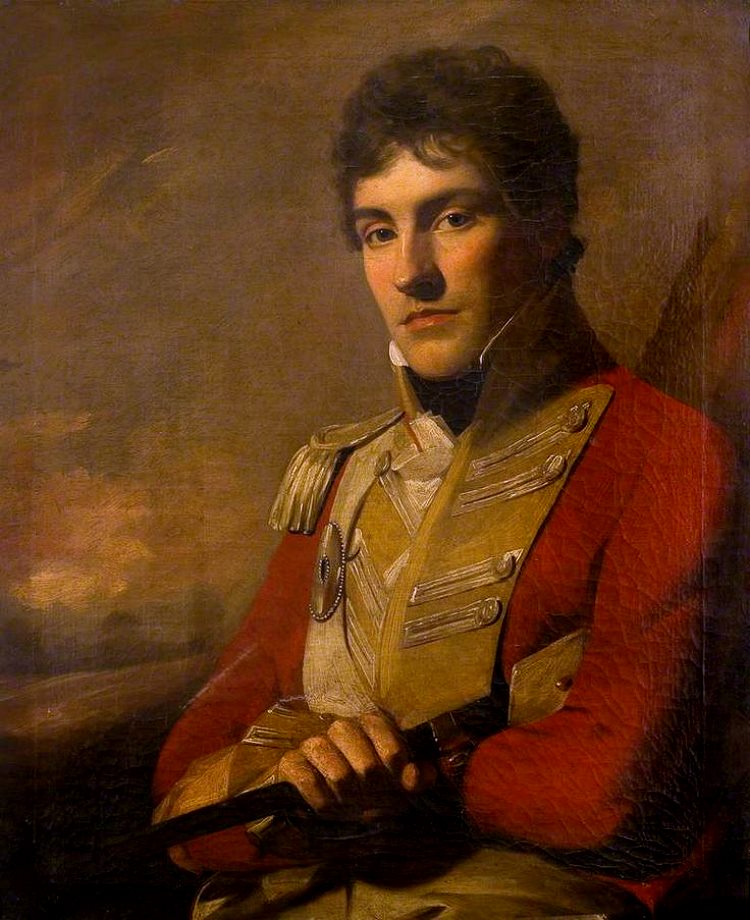
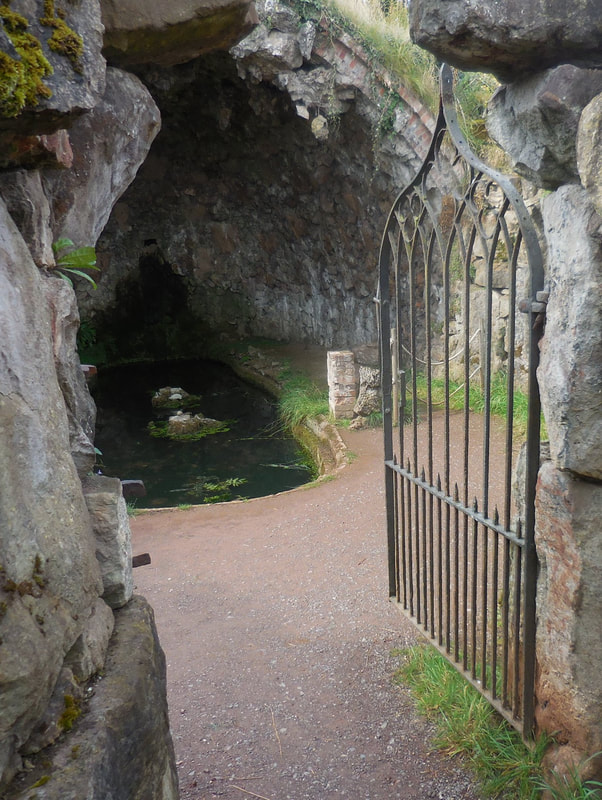
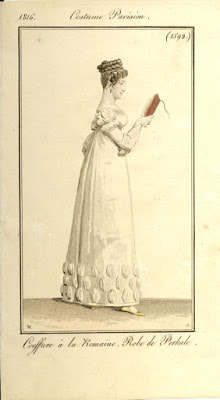

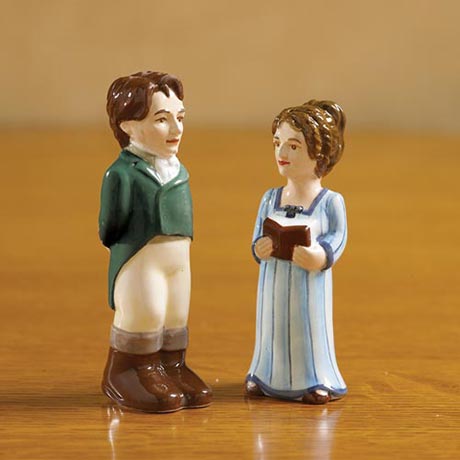
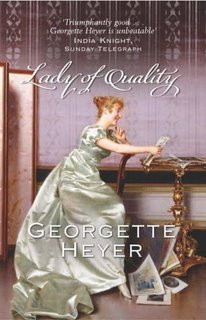

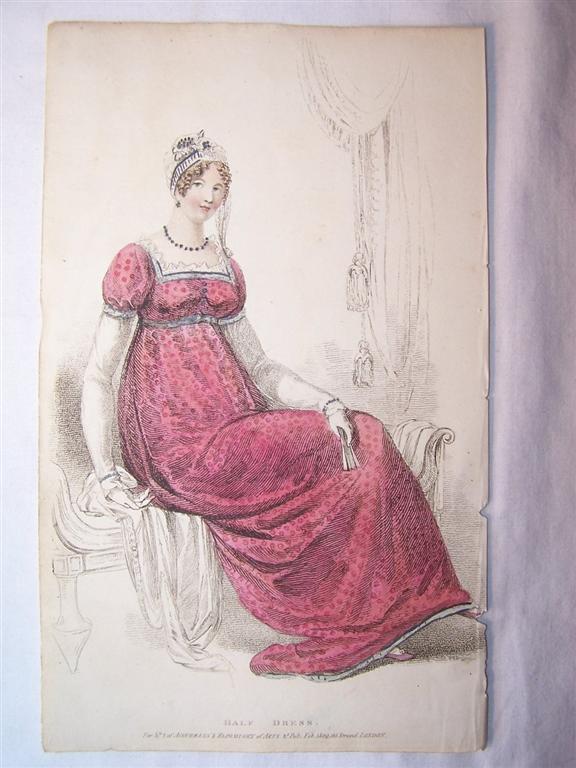

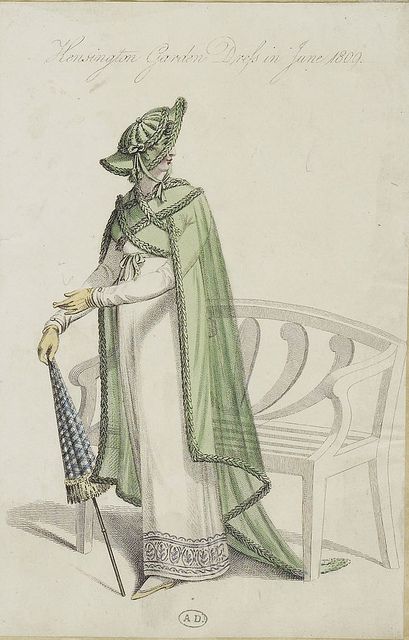
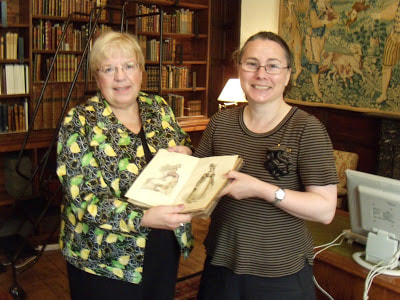
 RSS Feed
RSS Feed